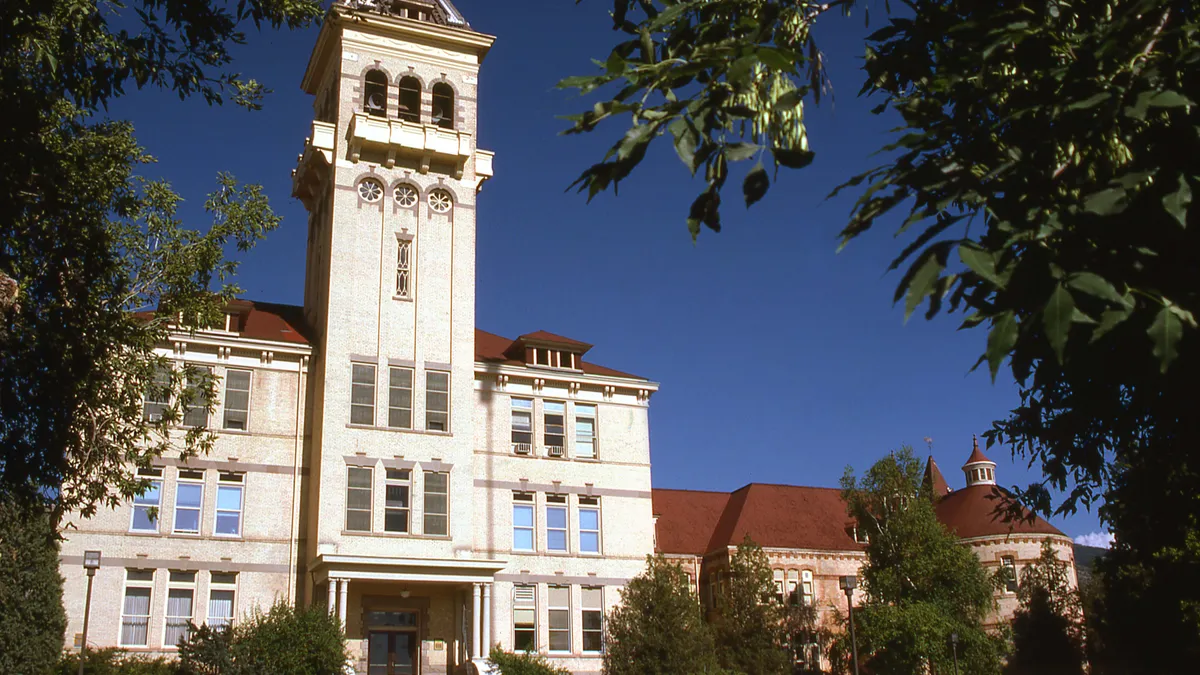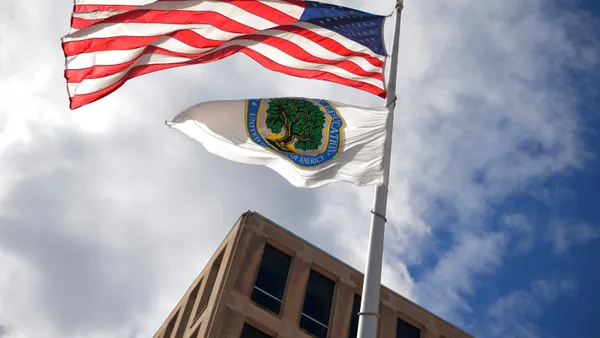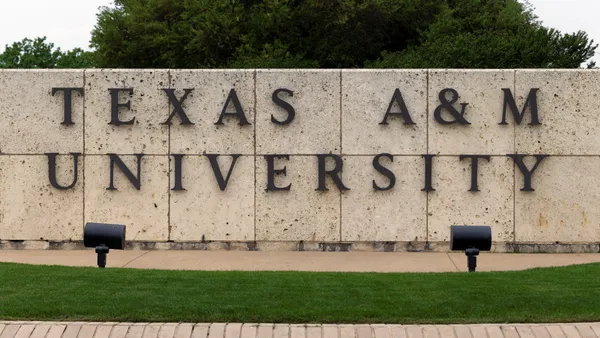Dive Brief:
- The average tuition discount rate for first-time, full-time freshmen at private, nonprofit four-year institutions is expected to reach a record high of 52.2% in the 2018-19 academic year, according to a new survey of more than 400 colleges and universities by the National Association of College and University Business Officers (NACUBO).
- The rate, which reflects "institutional grant dollars as a percentage of gross tuition and fee revenue," is projected at 46.3% for all undergraduates during the current academic year. The 2018-19 figures mark an increase from 2017-18, which saw a 50.5% discount rate for first-time, full-time freshmen and 44.6% for all undergraduates.
- Growing discounts likely contributed to an inflation-adjusted 3.6% drop in revenue from first-time freshmen in 2017-18, according to the report. Net tuition revenue from all undergraduates was flat that year and is expected to be up 1.6% in 2018-19.
Dive Insight:
Continued discounting is a response to a very public and prolonged discussion about the cost of college and the extent of student debt. Complicating the conversation for institutions is declining enrollment and demographic data that suggests the pool of traditional prospects will shrink over the next decade.
Four in 10 NACUBO survey respondents said they've seen first-time freshmen enrollment decrease, with almost two-thirds citing students' price sensitivity as a possible reason. Increased competition and changing demographics were also called out as top factors.
Not all institutions discount their tuition at the same rate. In NACUBO's survey, about one-fourth of respondents reported discount rates for freshmen at or above 57.5%, while one-fourth had rates of 40.3% or lower.
Almost nine in 10 first-time, full-time freshmen were given institutional grants in 2017-18, which covered roughly 57% of tuition and fees. Of that share, more than three-quarters of the funding was need-based aid.
The effect on revenue of these growing discounts has caused colleges to look for new ways to generate income. The top three strategies, reported by at least two-thirds of institutions, were changes in recruitment, retention and financial aid. Smaller shares of respondents said they added or changed academic programs (39.2%) and facilities (24.3%).
Some struggling small colleges are looking at alternatives to continued discounts in the form of comprehensive tuition resets, wrote economist and former college president Lucie Lapovsky in a recent report. She examined tuition resets at 24 private colleges between 2010 and 2016, finding that around two-thirds of institutions that did them had higher freshman enrollment two years after the reset compared to the year before the reset.
Others options include targeting certain student groups, matching tuition from other institutions and freezing tuition, she wrote. Some public colleges are considering tuition freezes in exchange for more state funding.











